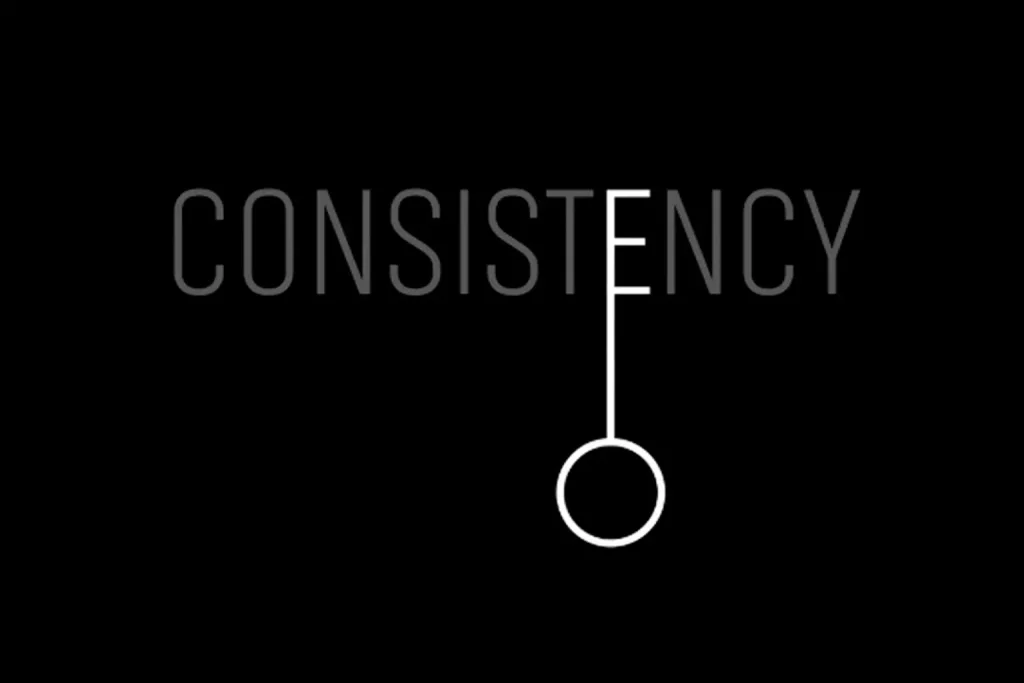Visual Grammar Across Digital Interfaces
Design systems serve as more than visual checklists. They operate as grammar rules for how a brand expresses itself across platforms. These systems align structure and emotion, enabling digital interfaces to reflect brand personality consistently. Whether on desktop or mobile, app or dashboard, the layout, spacing, and typography carry a familiar cadence. This continuity reinforces trust. It assures users they are still in the same brand ecosystem, no matter the platform.
The structure beneath the surface matters. Grid layouts, spacing units, type scale, and visual weight are calibrated to guide behavior while remaining invisible to the user. This unseen precision ensures flow and interaction remain smooth. It keeps teams aligned too. Designers and developers no longer need to guess how to format a landing page or form layout. They refer to a structured design grammar that already holds the answers.
Webdev200 champions this systematic approach. They treat design systems as language, where consistency is more than repetition, it’s fluency. That fluency turns random assets into cohesive pages, and inconsistent interfaces into unified experiences.
Unified Brand Presence Through Adaptable Identity

Consistency does not mean rigidity. A strong design system gives a brand visual cohesion while remaining flexible to device constraints, screen sizes, and user contexts. Fonts scale. Logos adapt. Components rearrange. Yet the brand remains unmistakable.
This is not just a design preference, it’s a business necessity. Inconsistencies in color, alignment, or behavior can fracture user trust. Every interaction either reinforces or undermines identity. A well-built system anticipates variation. It includes rules for exceptions and fallback states. It defines responsive behavior. It scales without breaking the look and feel.
Teams benefit too. When designers, developers, and marketers share a common visual vocabulary, production accelerates. Campaigns align with products. Customer support flows reflect brand tone. The entire organization speaks the same design language, even when working independently. That is where identity becomes an asset, not a liability.
This clarity is embedded in how Webdev200 structures design systems. Their systems bridge aesthetics with functional need, maintaining brand presence even in complex user journeys.
Structural Clarity in Growth Oriented Platforms

Growth introduces content sprawl. Without systematization, product updates, marketing launches, and platform features start to diverge. Design systems serve as the guardrails that keep growth organized.
They define how new modules should behave. They offer reusable patterns that reduce design debt. When new content enters the system, it inherits logic that has already been tested, approved, and refined. This approach saves development time, reduces the burden on QA teams, and preserves visual quality as platforms expand.
More than performance, these systems reinforce a commitment to users. They enable faster loading, more intuitive interaction, and easier navigation. Responsiveness and accessibility are baked into the system so that growth does not outpace usability.
Webdev200 applies growth thinking to every layer of their systems. Clients benefit from platforms that evolve without introducing chaos. Structure is not restrictive, it’s liberating when it guides expansion intelligently.
Interface Logic in Customer Facing Journeys
Service design and user interface are inseparable. From checkout flows to onboarding steps, the interface is the mechanism by which services are delivered. Design systems shape this delivery into predictable, engaging, and consistent experiences.
A good design system outlines how and where service elements appear. Buttons, modals, forms, and feedback messages are all structured to match user expectations and brand tone. Consistency across these components builds confidence. It shortens learning curves and increases task completion.
For companies offering complex or multi-step services, the need for interface logic becomes even more critical. Disconnected elements lead to confusion. Unified systems reduce friction.
Webdev200 addresses this need directly. Their systems are crafted not only for visuals but for operational logic. They ensure the UI supports actual service delivery, creating pathways that users can navigate without second-guessing.
Emotion Framing Within Component Based Design

Design systems aren’t cold frameworks, they’re mood setters. Every button radius, every color palette, every animation duration contributes to how a brand makes people feel. Component based design becomes an emotional toolkit when built with intention.
If the brand tone is calming, the system reflects that with muted hues, soft transitions, and generous spacing. If the tone is assertive, sharper corners, bold typography, and punchy contrasts create that effect. None of this happens by accident.
Brands that succeed emotionally do so through consistency in nuance. The login page resonates like the homepage. The footer carries the same energy as the hero banner. That resonance is systematized.
Webdev200 approaches component systems with this lens. Their goal is not to neutralize emotion with rules but to channel it. They build frameworks where personality isn’t added afterward, it’s embedded from the start.
Conclusion Through Cohesion
A design system is not a limitation, it is the foundation for digital clarity. It allows products to scale, identities to stay intact, and services to function seamlessly. It connects emotion with structure, and branding with usability.
Webdev200 does not treat design systems as artifacts. They treat them as living foundations, ones that evolve, adapt, and support real user needs over time. Clients do not just receive UI guidelines. They gain a framework for delivering value, building consistency, and making every interface moment feel intentional.
That is how a brand grows, not through isolated campaigns or beautiful screens, but through systems that narrate more than aesthetics.

